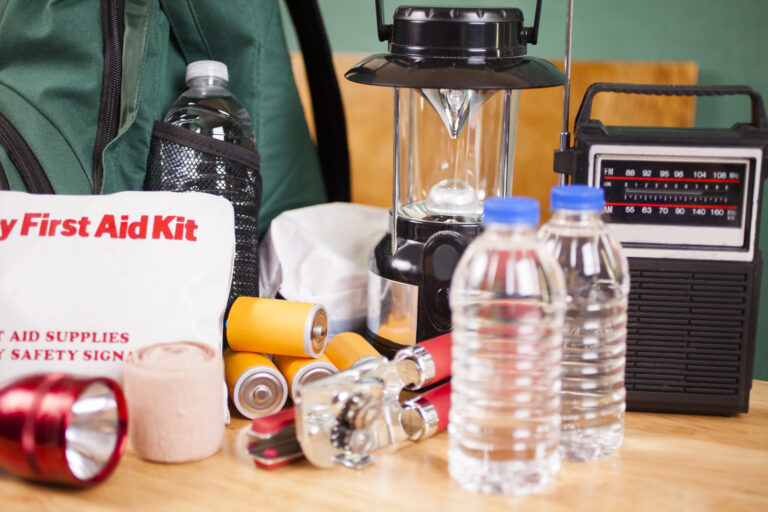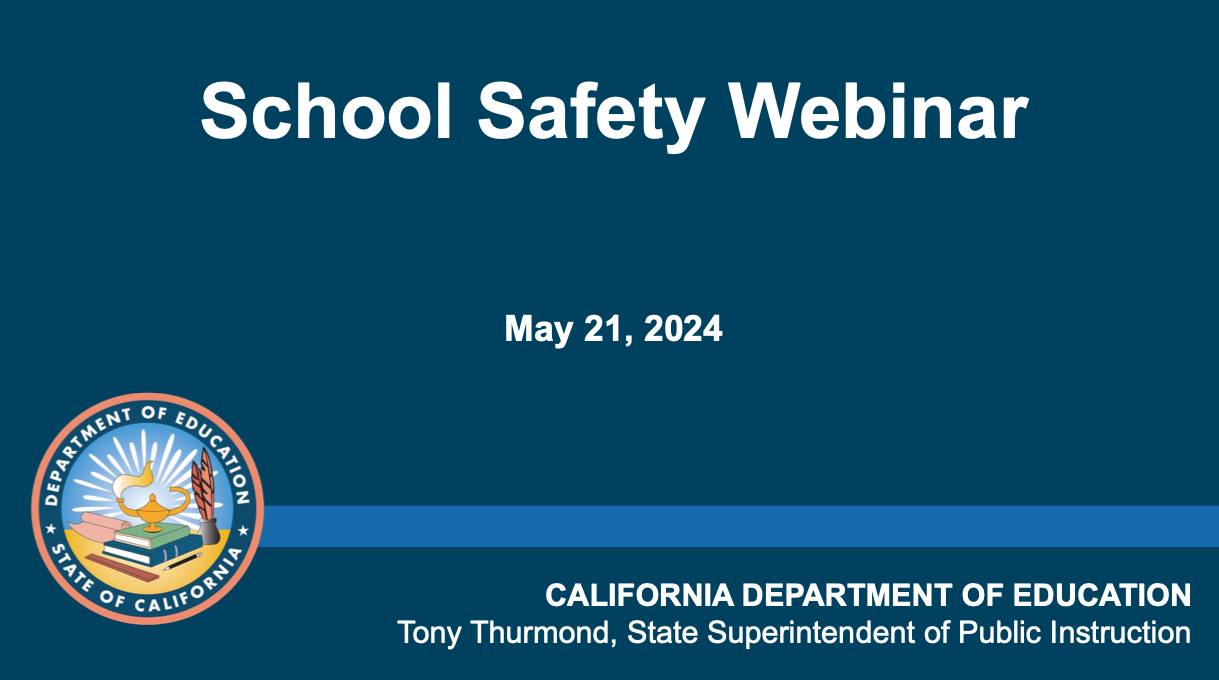Last updated 9/5/24
1. Call a lockdown
Immediately call a lockdown and follow the same process used in your drills. Utilize the intercom or communication system to announce the lockdown school-wide.
Resources:
- Federal Emergency Management Agency Basic Lockdown Protocol – FEMA has a simple one pager that can be used for basic lockdown protocol.
- Department of Homeland Security Active Shooter Tips – While not every lockdown will be the result of an active shooter, there are some guidelines on actions in the event of an active shooter situation.
- Active Shooter Response video – This video was created by the City of Houston and covers 6 minutes of tips on what to do if faced with an active shooter. This is a good video to use with staff.
2. Call 911
As soon as an emergency situation is identified, either directly call or designate someone to call 911. The sooner you call them, the sooner they can have first responders en route to the emergency.
Tips:
- The 9-1-1 dispatcher will ask the caller a series of questions, it is important the caller stay calm and relay factual information to the dispatcher. Use this TIP SHEET when training or reviewing with staff.
- Consider having all staff in the district add the local phone number for the police/sheriff’s department so they are not rerouted when trying to call 9-1-1.
- When calling from a cellular phone number, ask to be connected to the local law enforcement agency. Otherwise, they will likely be routed to the California Highway Patrol.
- If cellular service or power is cut to the school site or the caller, have an alternative plan in place to reach first responders.
- It is important to have redundant systems (alternate forms of communication) in place for a variety of circumstances, some areas to consider can be found in this Redundant Communications checklist.
3. Establish incident command center
As soon as it is practicable, establish your incident command center and begin operationalizing your School Emergency Response Plan.
You will work closely with first responders in the immediate response, as well as after the immediate threat is handled.
Resources:
Find complete resources for the incident command center.
4. Communicate with families, media, and other stakeholders
Activate your communications plan. Be sure to communicate with parents and key stakeholders so they receive accurate information from you as soon as you are able to do so safely. After that, be sure parents and key stakeholders know where to find the most recent information as the district sends it out.
Key Communications Tips
- Tone matters.
- Demonstrate calm confidence.
- Do not take pointed questions personally.
- Speak to concerned employees and parents; the reporter is not your audience.
- Show empathy, and action if necessary.
Tips for managing a crisis:
- Tell the truth.
- Show empathy for those impacted by the situation and commit to work with lead agencies, or take care of “it” if action is required of the District.
- Allow lead agencies to speak on crises, e.g. law enforcement to speak on campus violence, fire department on a fire, health department on a health outbreak, etc.).
- Make sure you have a district leader at the emergency site and a point person at the district office who can take all calls and prepare next-steps communication.
- Using a concentric circles approach, be sure to disseminate information to all the key audiences in the organization. Provide statements for their use.
Resources:
- Crisis Communication Template – The law firm of Fagen, Friedman & Fulfrost offers a helpful crisis communication template that can be used during and after a crisis to share information in a log format that includes times, person responsible, messages and follow-up. Speak to concerned employees and parents; the reporter is not your audience.
- California Department of Public Health – This simple discussion of what a principal and teacher can do to communicate during an emergency is a good link to print out and discuss with staff at a meeting.
- CSBA Media Relations During a Crisis – The California School Board Association created this simple manual for schools to use with the media during a crisis and afterward.
5. Identify a relocation site, and communicate information to families
In the event of a large-scale emergency, your local law enforcement will likely step in and help you ascertain the relocation site that will be used, based on the movement of emergency vehicles and the location on the campus of an emergency.
Tips:
- Determine a safe and most appropriate relation site utilizing your predetermined locations
- Once a relocation site is determined, communicate that information directly to families via a closed loop communication system
- Consider messaging programs that can immediately notify parents. School Messenger, Parent Square, or other messaging program can communicate directly to parents/families and staff. Realize that when information is sent out through many programs, there is a rolling notification process, particularly in large districts with more than 10,000 students and multiple contacts for each student. Parents will not be informed simultaneously and should be aware of how these programs work before an emergency takes place.
- If students are able to assist in this notification (texting or calling parents directly), have a plan for communicating that information to them when it is safe to do so, along with a timeline for release of students.
6. Implement reunification plan
The goal with reunification is to safely bring families together. The reality of a fatal school violence event is you may have students or staff that are casualties of the event.
It’s important to consider two locations for reunification, especially if you have injured student or staff, or fatalities, so that you can best support families with differing needs. See the “before an incident” section of resources to establish reunification plans.
7. Contact local and regional partners, including mental health providers
It is important to reach out to known mental health providers or partners as soon as possible after a school crisis.
Refer to your plan and utilize the free resources offered by the National Center for School Crisis and Bereavement (more information on the Center in the “After an Incident” section).





























